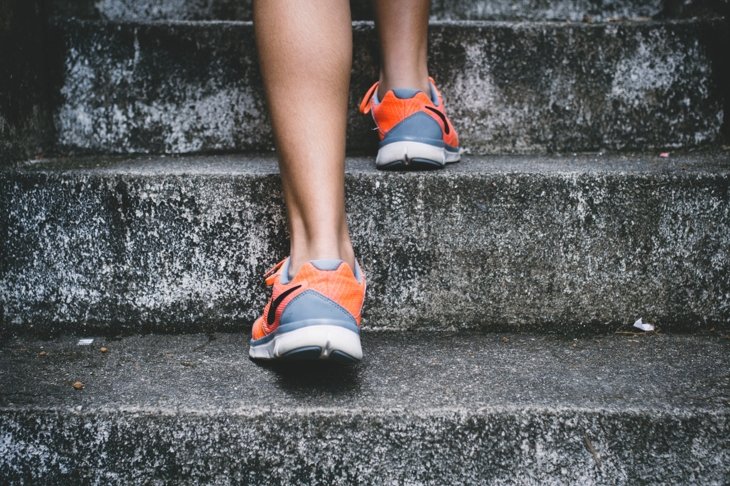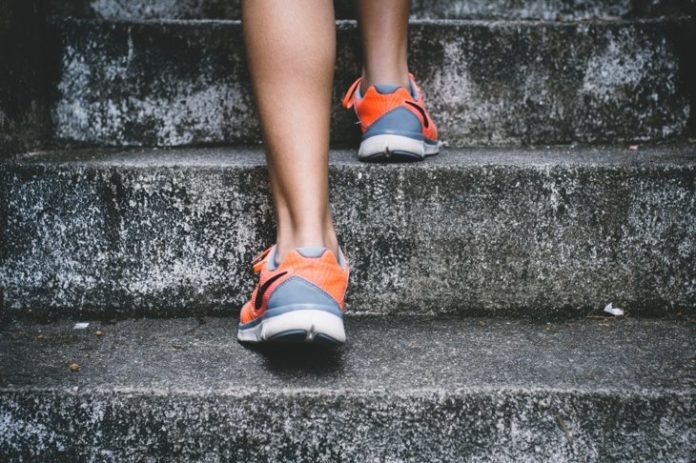
Whether you’re battling a strong headwind or benefiting from a steady breeze at your back, there’s no doubt that the wind impacts your performance as a runner.
But factoring this invisible force of nature into your pacing has historically involved a lot of guesswork, because no wearable device for runners has been able to measure wind in real time—until now.
This past summer, Boulder, Colorado-based company Stryd introduced a new version of its popular power meter. The wearable now incorporates groundbreaking wind-capturing technology and offers data insights that help you pace yourself even in the gustiest conditions.
It’s another major breakthrough for Stryd, which launched the world’s first power meter for runners in 2015.
Powering Up
Stryd was born out of the active lifestyle culture in Boulder, where the company’s founders shared a love of endurance sports and a desire to develop technological tools that improved athletic training experiences. According to co-founder Angus Nelson, local triathletes told the Stryd team that “the thing that really made the difference in their training was their cycling power meter,” which measures the energy output of cyclists in watts. The triathletes “basically said, ‘What if you guys could take the power meter concept to running?’”
That’s precisely what Stryd’s founders accomplished. The Stryd power meter—which originally clipped onto users’ shorts and then was worn on a chest strap before being redesigned in 2016 as a foot pod that attaches to your running shoe’s laces—collects motion and environmental data and syncs it to a smartwatch or smartphone app in real time. A sophisticated algorithm analyzes factors like your speed, form, and elevation change and expresses how much effort you’re expending as a single metric called the power number.
“Power is really perfect pacing,” explains Nelson. “When the terrain gets difficult, when the weather gets difficult, runners can fall back on power and really have confidence to complete a run without overexerting or under-exerting themselves.”
Stryd Specs
Here’s what you need to know about the next-gen foot pod.
Weight: 8 grams
Battery life: 20+ hours
Charging: In a small cradle via micro USB
Compatibility: All major smartwatches, including Garmin, Polar, and Suunto models and the Apple Watch, as well as Android and iOS phones
Winds of Change
At the outset, Stryd was interested in the wind’s bearing on power. “Ever since we launched this technology,” says Nelson, “people were asking, ‘How do you quantify the wind?’ And the answer was: We couldn’t.”
The four-year journey to developing the wind-capturing technology began in 2015 and gathered steam in 2017 after Nike’s Breaking2 event, which challenged athletes to break the famous two hour barrier for running a marathon.
“One of the major reasons [the] were able to get close to that two-hour barrier is that they were able to cut air resistance out” by running behind cars and pacers that blocked the wind, Nelson explains. “I think that made the wind effect important to runners,” he says—and this provided further motivation for Stryd to solve the wind riddle.
Beginning in 2018, Stryd’s engineers headed to wind tunnels across the US and Europe to validate the hardware they’d developed. “The problem was that people don’t really run in wind tunnels,” says Nelson. “We were the first to bring a treadmill and put a runner inside.”
Blown Away
Stryd’s pioneering research resulted in a structural redesign of the foot pod. It can now capture air and wind, and it’s got new humidity and temperature sensors to reveal “how the wind changes as the air becomes hotter or more humid,” says Nelson.
That data gets folded into your power number so you can see the additional power expended when running into a headwind or the power saved when running with a tailwind, allowing you to adjust your pace.
The wind data is also available as a separate metric called air power—essentially the power that’s used to overcome air resistance—which can be useful in drafting, where a runner seeks a position behind other runners for wind protection. “Someone can see if they’re shielding themselves from the wind in real time in order to make a strategic decision in the middle of a race or run,” Nelson says.
Launching wind-capturing hardware is a major milestone, but even more innovation is on the horizon in software. Nelson says Stryd is looking to use artificial intelligence to offer more in-depth insights from users’ data, such as the likelihood you’ll shave time off a marathon run.
“Every mile you run with Stryd is an investment in knowledge about yourself,” he says.
Rachel B. Levin is a Los Angeles-based freelance writer covering food, health, and sustainability. Follow her on Instagram: @rachelbethlevin.
A version of this article was published in the November/December 2019 issue of alive USA with the title “Run Like the Wind.”
























